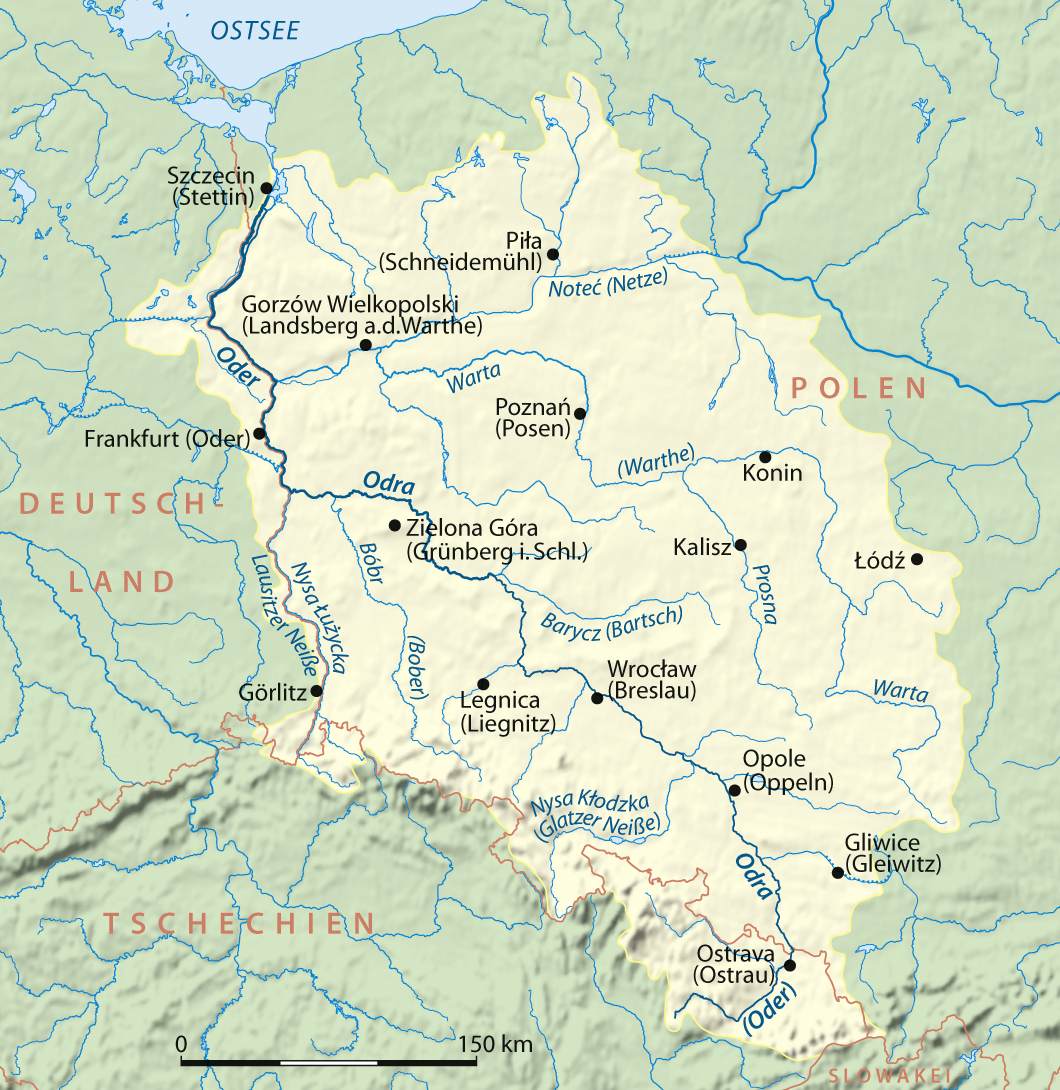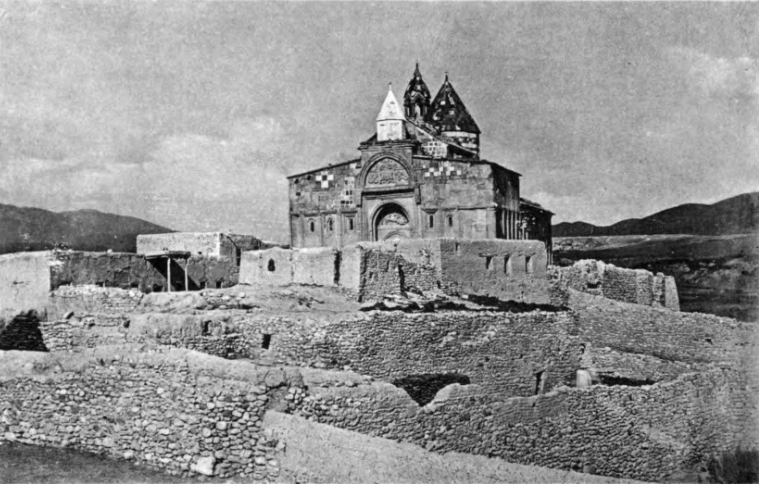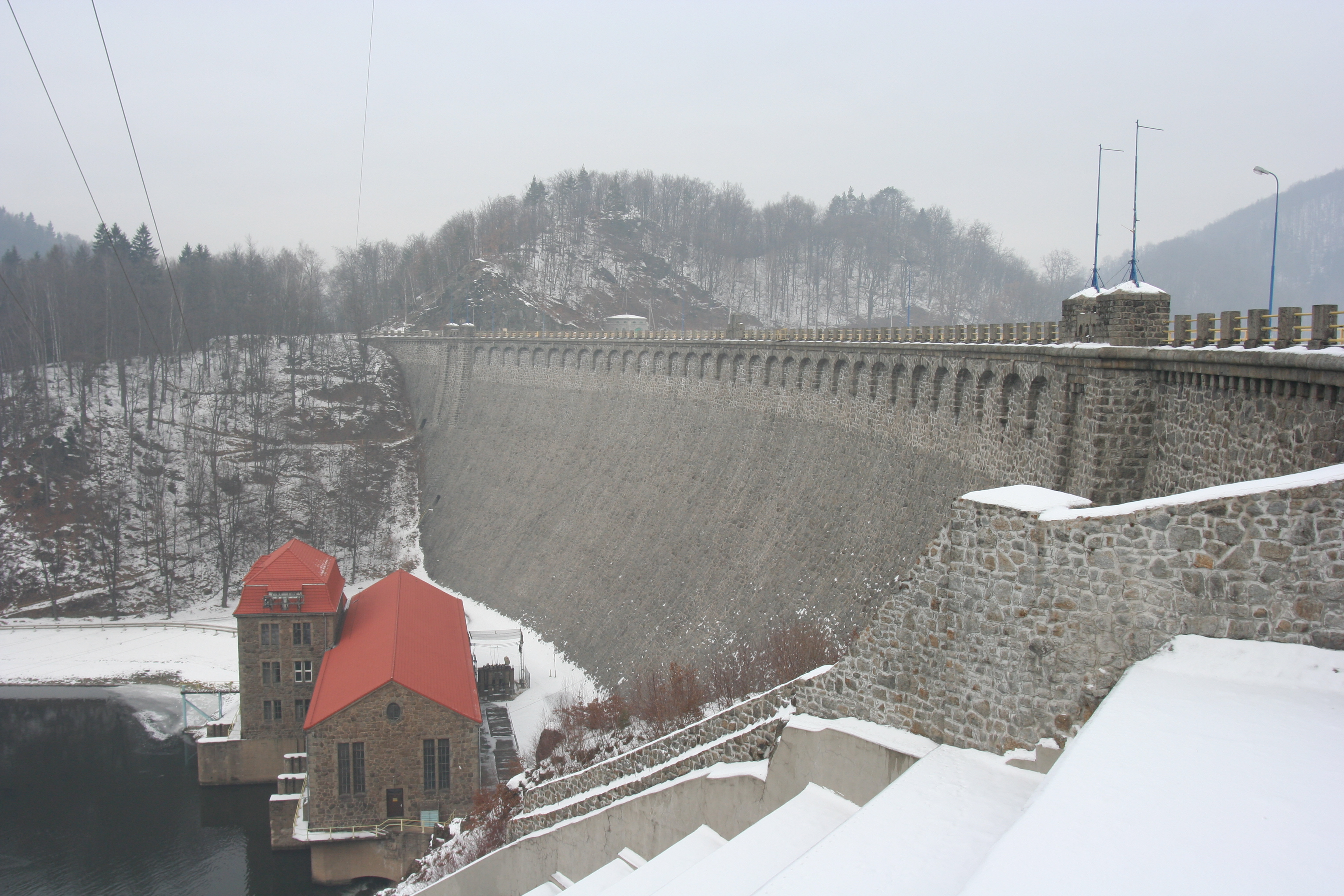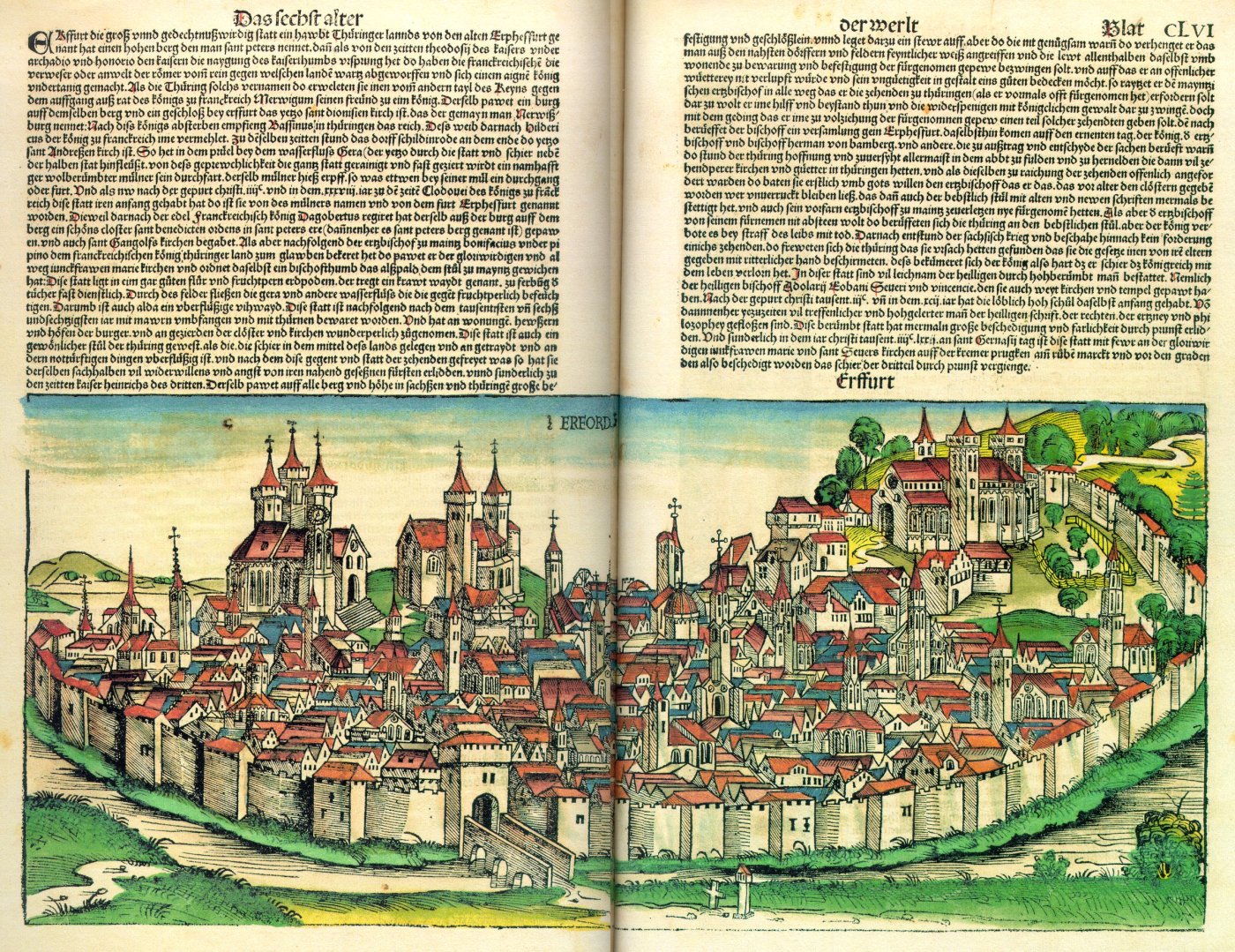|
German–Polish War (1109)
''This is the 1109 German-Polish War. For a list of all Polish-German Wars, see Polish-German Wars.'' The Henry V's expedition to Poland, also known as the 1109 German-Polish War, was a conflict between Bolesław III Wrymouth and Henry V, the reason for the war was the exile from Poland of Bolesław's brother Zbigniew who sought support from the German Emperor to restore his power in the country. Henry V, Zbigniew and Bohemian Duke Svatopluk set out on an armed expedition into Poland, where they besieged the border town of Głogów, which they failed to conquer, but were also defeated in the Battle of Hundsfeld. The war ended with the defeat of German-Bohemian forces. Background After a long-term rivalry within the ruling Piast dynasty, Bolesław III, in 1107, had finally expelled his older half-brother and co-ruler Duke Zbigniew from Poland. Zbigniew fled to the Holy Roman Empire where he sought help from King Henry V. The Emperor, however, did not take action as he was stuck in ... [...More Info...] [...Related Items...] OR: [Wikipedia] [Google] [Baidu] |
Polish-German Wars
Poland and Germany have been in many armed conflicts against each other. These include conflicts such as Polish–Teutonic Wars, Silesian Uprisings and World War II. This does include Polish and German intervention in wars such as the Lithuanian Civil War (1432–1438), Lithuanian Civil War or the Zamość uprising. Polish or Polish–Lithuanian victory German, Brandenburger, Teutonic or Prussian victory Another result ''(Result unknown or indecisive, Status quo ante bellum, treaty or peace without a clear result or an internal conflict inside Poland or Germany in which the other intervened)'' Civitas Schinesghe against the Holy Roman Empire (963–1018) Kingdom of Poland against the Holy Roman Empire (1028–1348) Kingdom of Poland against the Margraviate of Brandenburg (1209–1427) Kingdom of Poland against the Teutonic Order (1308–1521) Polish-Lithuanian Commonwealth against Prussia (1794) Duchy of Warsaw against Prussia (1806–1815) Po ... [...More Info...] [...Related Items...] OR: [Wikipedia] [Google] [Baidu] |
Piast Dynasty
The House of Piast was the first historical ruling dynasty of Poland. The first documented List of Polish monarchs, Polish monarch was Duke Mieszko I of Poland, Mieszko I (–992). The Poland during the Piast dynasty, Piasts' royal rule in Poland ended in 1370 with the death of King Casimir III the Great. Branches of the Piast dynasty continued to rule in the Duchy of Masovia (until 1526) and in the Duchies of Silesia until the last male Silesian Piast died in 1675. The Piasts intermarried with several noble lines of Europe, and possessed numerous titles, some within the Holy Roman Empire. The Jagiellonian dynasty, Jagiellonian kings ruling after the death of Casimir IV of Poland were also descended in the female line from Casimir III's daughter. Origin of the name The early dukes and kings of Poland are said to have regarded themselves as descendants of the semi-legendary Piast the Wheelwright (''Piast Kołodziej''), first mentioned in the ''Cronicae et gesta ducum sive pri ... [...More Info...] [...Related Items...] OR: [Wikipedia] [Google] [Baidu] |
Gesta Principum Polonorum
The (; "''Deeds of the Princes of the Poles''") is the oldest known medieval chronicle documenting the history of Poland from the legendary times until 1113. Written in Latin by an anonymous author, it was most likely completed between 1112 and 1118, and its extant text is present in three manuscripts with two distinct traditions. Its anonymous author is traditionally called Gallus (a name which means "Gaul"), a foreigner and outcast from an unknown country, who travelled to the Kingdom of Poland via Hungary. Gesta was likely commissioned by Poland's then ruler, Boleslaus III Wrymouth, or his chancellor, Michał Awdaniec; Gallus expected a prize for his work, which he most likely received and of which he lived the rest of his life. The book is the earliest known, written document on Polish history. It gives a unique perspective on the general history of Europe, supplementing what has been handed down by Western and Southern European historians. It follows the ''Gesta Danoru ... [...More Info...] [...Related Items...] OR: [Wikipedia] [Google] [Baidu] |
Battle Of Nakło (1109)
The Battle of Nakło (1109) was fought between the forces of the Kingdom of Poland and Pomeranian tribes at Nakło nad Notecią. The Polish troops were led by Duke Bolesław III Wrymouth. In the summer of 1109 the Polish ruler Bolesław III, an expansionist, led an invasion into Pomerania. The German king Emperor Henry V, incited by Bolesław's half-brother Zbigniew, was about to invade Poland and the Pomeranian raid was a strategic diversion for the upcoming struggle. According to Gallus Anonymus, the purpose of the expedition wasn't just the taking of the castle of Nakło, but forcing the Pomeranians into a decisive battle. Gallus describes the battle in the first chapter of the third book of his chronicle. On 10 August 1109 Bolesław's force, which was besieging Naklo, engaged the Pomeranian relief forces and defeated them. As a result, the city surrendered to him. In Gallus' chronicle, the defeat of the Pomeranians and their conversion to Christianity are presented as one of ... [...More Info...] [...Related Items...] OR: [Wikipedia] [Google] [Baidu] |
Oder
The Oder ( ; Czech and ) is a river in Central Europe. It is Poland's second-longest river and third-longest within its borders after the Vistula and its largest tributary the Warta. The Oder rises in the Czech Republic and flows through western Poland, later forming of the border between Poland and Germany as part of the Oder–Neisse line. The river ultimately flows into the Szczecin Lagoon north of Szczecin and then into three branches (the Dziwna, Świna and Peene) that empty into the Bay of Pomerania of the Baltic Sea. Names The Oder is known by several names in different languages, but the modern ones are very similar: English and ; Czech, Polish, and , ; (); ; Medieval Latin: ''Od(d)era''; Renaissance Latin: ''Viadrus'' (invented in 1534). The origin of this name is said by onomastician Jürgen Udolph to come from the Illyrian word ''*Adra'' (“water vein”). Ptolemy knew the modern Oder as the Συήβος (''Suebos''; Latin ''Suevus''), a name apparen ... [...More Info...] [...Related Items...] OR: [Wikipedia] [Google] [Baidu] |
Bartholomew The Apostle
Bartholomew was one of the twelve apostles of Jesus according to the New Testament. Most scholars today identify Bartholomew as Nathanael, who appears in the Gospel of John (1:45–51; cf. 21:2). New Testament references The name ''Bartholomew'' (, transliterated "Bartholomaios") comes from the ''bar-Tolmay'' "son of Tolmai" or "son of the furrows". Bartholomew is listed in the New Testament among the Twelve Apostles of Jesus in the three Synoptic Gospels: Matthew, Mark, and Luke, and in Acts of the Apostles. Tradition Eusebius of Caesarea's ''Ecclesiastical History'' (5:10) states that after the Ascension, Bartholomew went on a missionary tour to India, where he left behind a copy of the Gospel of Matthew. Tradition narrates that he served as a missionary in Mesopotamia and Parthia, as well as Lycaonia and Ethiopia in other accounts.''Encyclopædia Britannica'', Micropædia. vol. 1, p. 924. Chicago: Encyclopædia Britannica, Inc., 1998. . Popular traditions say that B ... [...More Info...] [...Related Items...] OR: [Wikipedia] [Google] [Baidu] |
Bóbr
The Bóbr (; ; ) is a river which flows through the north of the Czech Republic and the southwest of Poland. It is a left tributary of the Oder. Its Polish name translates directly to ' beaver'. Course The Bóbr has a length of (3 in Czech Republic, 276 in Poland, 10th longest Polish river) and a basin area of (44 in Czech Republic and 5,830 in Poland). Statistics Poland, p. 85-86 It originates on a slope of the Rýchory mountains in the southeast of the [...More Info...] [...Related Items...] OR: [Wikipedia] [Google] [Baidu] |
Krosno Odrzańskie
Krosno Odrzańskie () is a town in Lubusz Voivodeship in western Poland, on the east bank of Oder River, at the confluence with the Bóbr. With 11,319 inhabitants (2019) it is the capital of Krosno County, Lubusz Voivodeship, Krosno County. History The town was first mentioned as ''Crosno'' in 1005, when Duke Bolesław I Chrobry of Poland had a fortress built here in the course of his armed conflict with Emperor Henry II, Holy Roman Emperor, Henry II and the West Slavic Veleti confederation. Due to its strategic location as a point of passage across the Oder, it played an important role at the western border of the Kingdom of Poland (1025–1385), Polish kingdom with the Holy Roman Empire during the 11th to 13th centuries. As a result of the fragmentation of Poland, in 1163 Krosno was part of the Duchy of Silesia ruled by Bolesław I the Tall of the Silesian Piasts. In 1201 it received its town charter by Bolesław's son Duke Henry I the Bearded. Henry erected a stone castle at ... [...More Info...] [...Related Items...] OR: [Wikipedia] [Google] [Baidu] |
Erfurt
Erfurt () is the capital (political), capital and largest city of the Central Germany (cultural area), Central German state of Thuringia, with a population of around 216,000. It lies in the wide valley of the Gera (river), River Gera, in the southern part of the Thuringian Basin, north of the Thuringian Forest, and in the middle of a line of the six largest Thuringian cities ('':de:Thüringer Städtekette, Thüringer Städtekette''), stretching from Eisenach in the west, via Gotha, Erfurt, Weimar and Jena, to Gera in the east. Together with Kassel and Göttingen, it is one of the cities with more than 100,000 inhabitants lying closest to the geographic centre of Germany. Erfurt is south-west of Leipzig, north-east of Frankfurt, south-west of Berlin and north of Munich. Erfurt's old town is one of the best preserved medieval city centres in Germany. The Gera (river), Gera is spanned by the Krämerbrücke, Merchants' Bridge (''Krämerbrücke''), one of the rare bridges with ho ... [...More Info...] [...Related Items...] OR: [Wikipedia] [Google] [Baidu] |
Mapa Podziału Księstwa Polskiego W 1102
Mapa or MAPA may refer to: People * Alec Mapa (born 1965), American actor, comedian and writer * Dennis Mapa (born 1969), Filipino economist and statistician * Jao Mapa (born 1976), Filipino actor * Placido Mapa Jr. (born 1932), Filipino businessman, economist, and government official * Suraj Mapa (born 1980), Sri Lankan actor * Victorino Mapa (1855–1927), Filipino chief justice and government official Other uses * "Mapa" (song), a 2021 song by SB19 * Mexican American Political Association * Mapa (publisher), an Israeli subsidiary of Ituran * Mapa Group, a Turkish conglomerate * Mapa, a company producing latex gloves that merged with Hutchinson SA in 1973 * Most Affected People and Areas, a climate justice concept * Mapa (girl group), a Japanese girl group See also * * Mappa (other) is a Japanese animation studio headquartered in Nakano, Tokyo (formerly in Suginami, Tokyo). Founded in 2011 by Madhouse co-founder and producer Masao Maruyama, it has produce ... [...More Info...] [...Related Items...] OR: [Wikipedia] [Google] [Baidu] |
Bratislava
Bratislava (German: ''Pressburg'', Hungarian: ''Pozsony'') is the Capital city, capital and largest city of the Slovakia, Slovak Republic and the fourth largest of all List of cities and towns on the river Danube, cities on the river Danube. Officially, the population of the city is about 475,000; however, some sources estimate daily number of people moving around the city based on mobile phone SIM cards is more than 570,000. Bratislava is in southwestern Slovakia at the foot of the Little Carpathians, occupying both banks of the Danube and the left bank of the Morava (river), River Morava. Bordering Austria and Hungary, it is the only national capital to border two sovereign states. The city's history has been influenced by people of many nations and religions, including Austrians, Bulgarians, Croats, Czechs, Germans, Hungarian people, Hungarians, Jews and Slovaks. It was the coronation site and legislative center and capital of the Kingdom of Hungary from 1536 to 1783; elev ... [...More Info...] [...Related Items...] OR: [Wikipedia] [Google] [Baidu] |
Coloman, King Of Hungary
Coloman the Learned, also the Book-Lover or the Bookish (; ; ; 10703February 1116), was King of Hungary from 1095 and King of Croatia from 1097 until his death. Because Coloman and his younger brother Álmos, Duke of Croatia, Álmos were underage when their father Géza I died, their uncle Ladislaus I of Hungary, Ladislaus I ascended the throne in 1077. Ladislaus prepared Colomanwho was "half-blind and humpbacked", according to late medieval Hungarian chroniclesfor a church career, and Coloman was eventually appointed bishop of Eger or Roman Catholic Diocese of Oradea Mare, Várad (Oradea, Romania) in the early 1090s. The dying King Ladislaus preferred Álmos to Coloman when nominating his heir in early 1095. Coloman fled from Hungary but returned around 19 July 1095 when his uncle died. He was crowned in early 1096; the circumstances of his accession to the throne are unknown. He granted the Hungarian Duchy (Kingdom of Hungary), Duchyone-third of the Kingdom of Hungaryto Álmos. ... [...More Info...] [...Related Items...] OR: [Wikipedia] [Google] [Baidu] |






